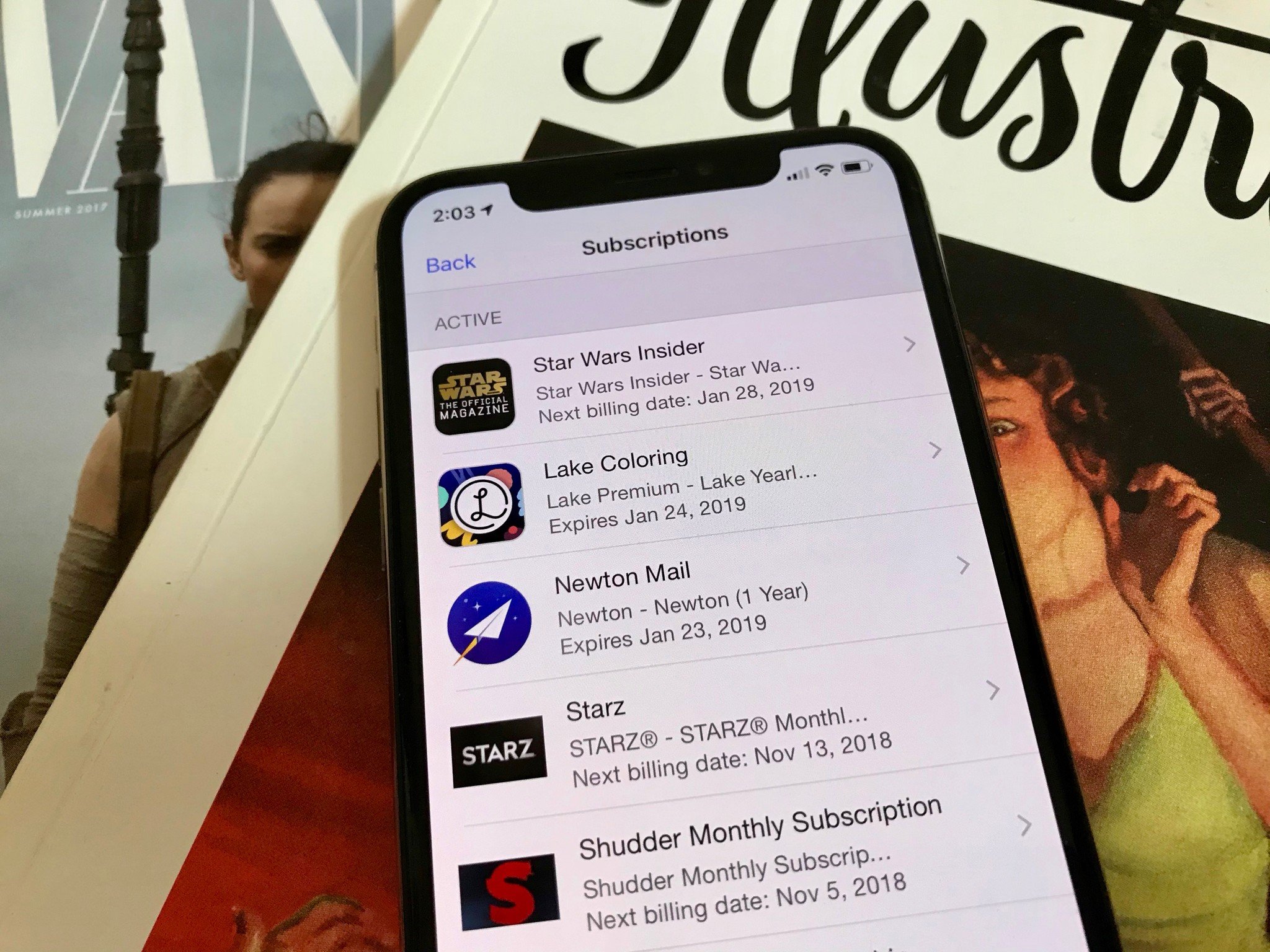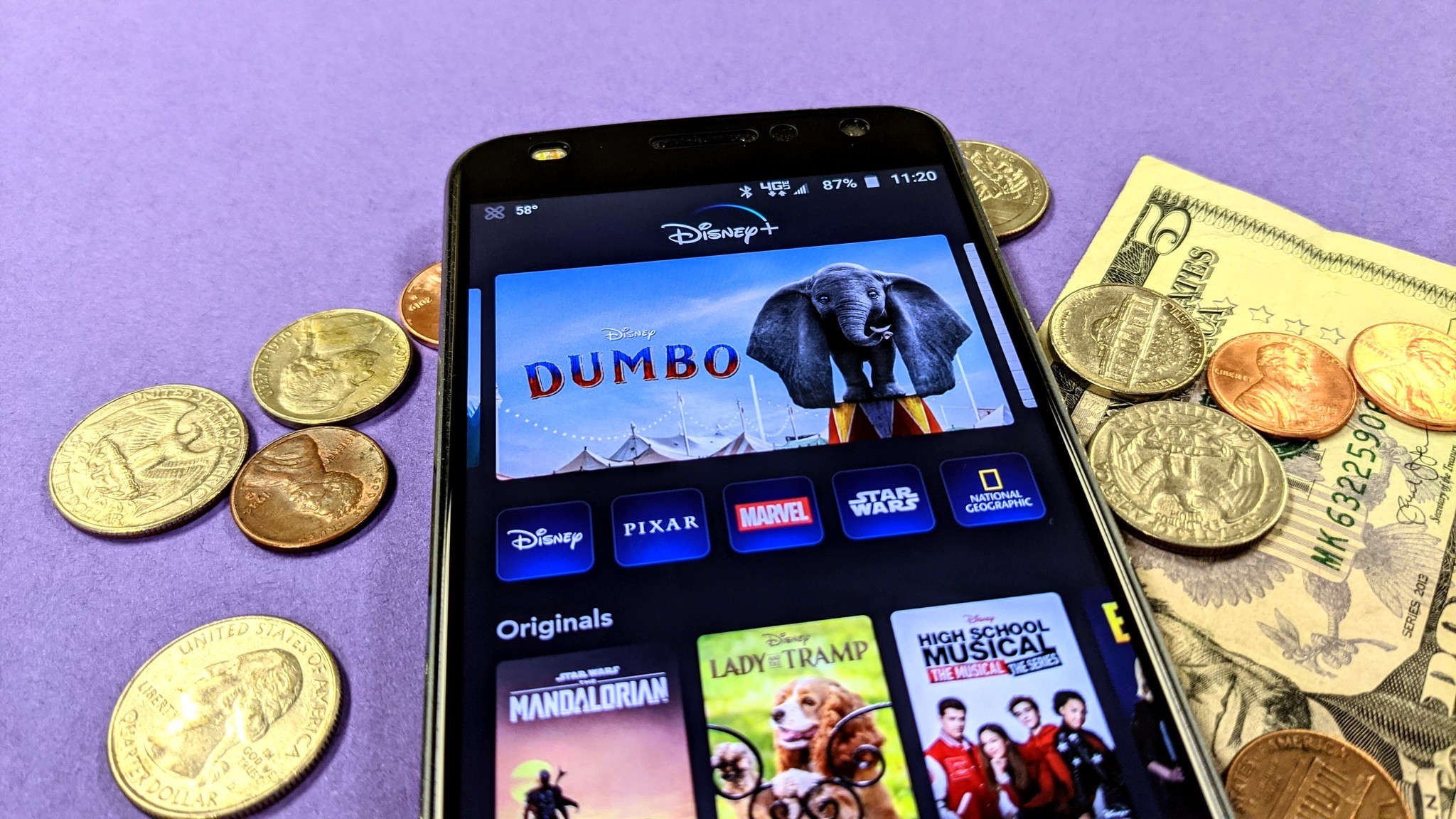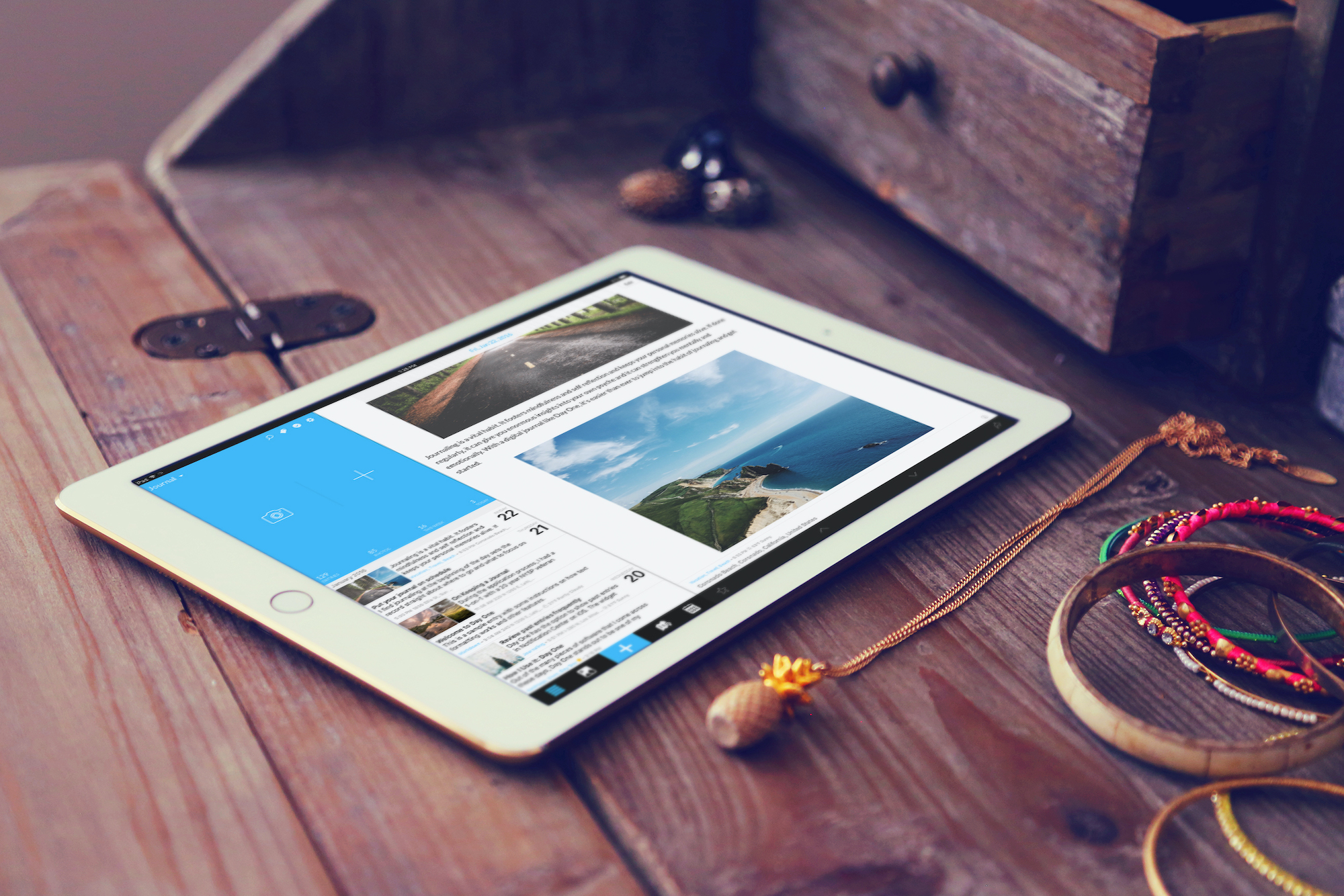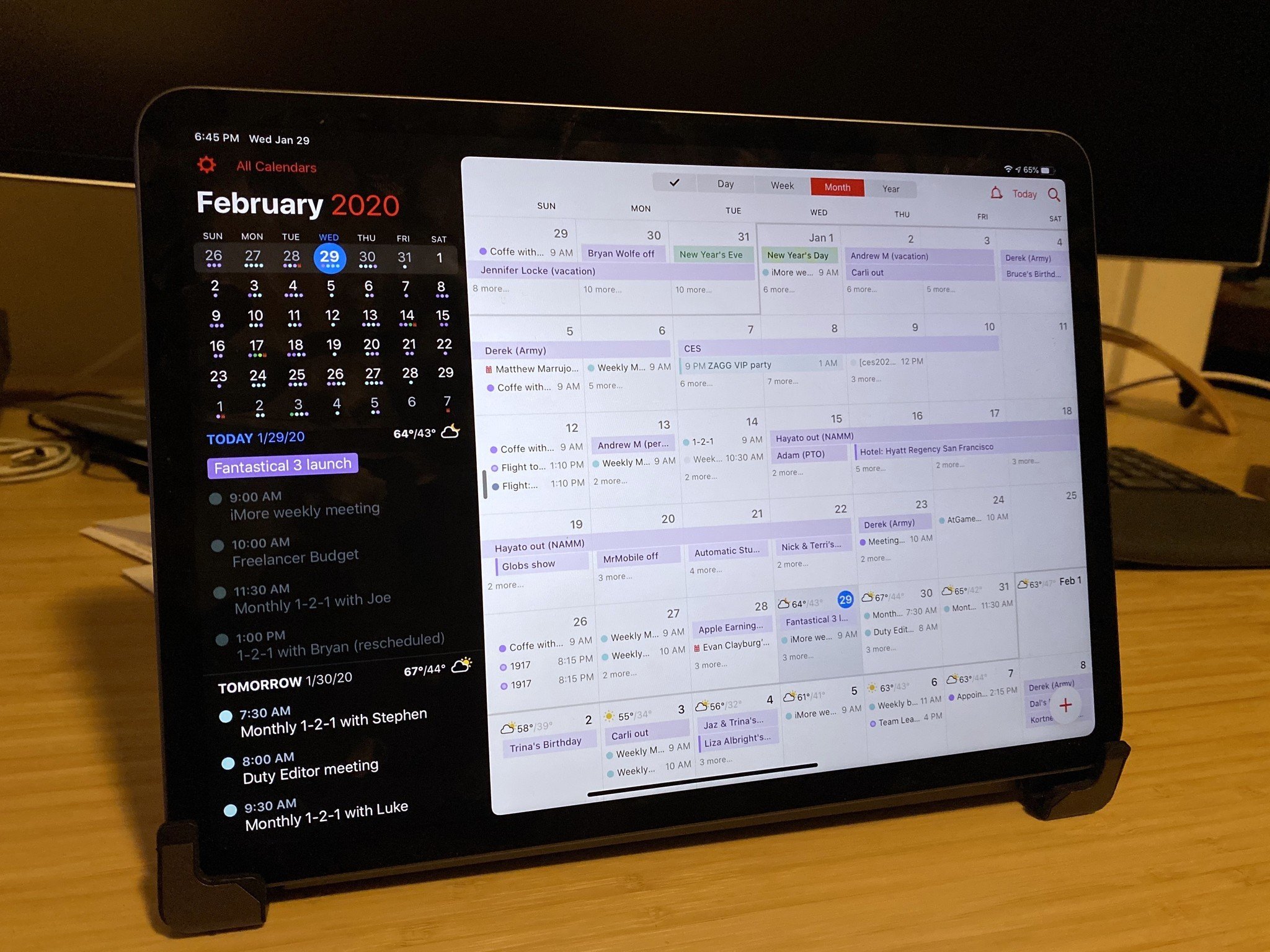App subscription fatigue is real and reaching a breaking point

Remember the good old days of the App Store, when apps and games cost just a few bucks and were one-time purchases? Yeah, me too. We'd get updates, and eventually completely new versions, though that meant sometimes having to pay again (if the app was rebuilt from the ground up). Yeah, those were the good days, weren't they?
Unfortunately, that seems to no longer be a sustainable business model, much to my disdain. From the user's view, paying once for an app and getting free updates for life (or at least a few years), is the ideal situation. But then how are the developers supposed to make a living?
For a while, the trend became pay once, get some updates, then a year or two later, a completely new version comes out and everyone has to pay (again). The updates were plentiful and frequent, but they were free for users until the next major version. And the cycle repeats itself. From a developer's perspective, this was also unsustainable, because the revenue stream would dry up after launch, and it would become a slow trickle.
Now we are moving into the ever-rising trend of subscriptions for apps, which may be beneficial for developers, but it's reaching a breaking point, even for me.
The costs add up

I love apps and software. In fact, their existence is literally how I've been making a living for the past decade. If it weren't for the iPhone and the App Store, I would not be where I am today, so apps and software have had a fairly significant impact on my life. I'm enthusiastic whenever I find an amazing new app or service that I can get a lot of benefit from, but lately, I'm finding myself at a crossroads.
Recently, Flexibits released Fantastical 3, which is a major overhaul from the previous version, and it's available on the Mac and iPhone and iPad as a universal app. I was excited when I heard about it, since I have been using Fantastical for years at this point, but my excitement dropped once I realized (like many of you) that it was going to a subscription-based pricing model.
Honestly, I was ready to throw my wallet at Flexibits for new versions on my Macs, iPhone, and iPad, but then I saw that it was an "update" to my existing version. I didn't think much of it at the time, but then once I launched the app, I got bombarded with "What's New" and a list of features that you get with Premium.
Master your iPhone in minutes
iMore offers spot-on advice and guidance from our team of experts, with decades of Apple device experience to lean on. Learn more with iMore!
Wait, what?
I reluctantly made a Flexibits account on my Mac, and then it asked me to verify my account. But then when I click to verify, I was just on a screen with the option of either $4.99 a month or $3.33 a month if paid annually. I closed out of the page and tried to continue using Fantastical on my Mac. No, it wouldn't let me do anything until I picked a charge and input my credit card info in order to just start the 14-day free trial. Sigh.
I picked the $40 a year option because that was cheaper. I use Fantastical every day to manage my busy meeting days with the team here at iMore, along with my personal appointments, family matters, and other important dates I need to remember. So I thought, two weeks free to see if the Premium features are worth paying for, ok, I'll give it a shot. If it turns out I don't need the premium features, I can continue to use Fantastical (it's now a free download for everyone) with most of the features that I paid for with Fantastical 2. Ugh, but fine, I suppose.
But right now I'm also paying for Ulysses, Day One, 1Password, Gyroscope, several video streaming services, Dropbox, iCloud storage, Apple Arcade, Nintendo Switch Online, PlayStation Plus, and Apple Music. All of these may only appear as a "few bucks a month" so they're not a big deal, but when you have as many subscriptions as I do, the costs add up, and it can be a significant chunk of change.
Let's just talk about some of the more expensive apps I have subscribed to, which are Ulysses, Day One, 1Password, and Gyroscope. Ulysses costs me $30 a year, Day One is $35 a year, Gyroscope another $80 a year, and 1Password is about $36 a year. Add in Fantastical's $40 a year price, and that's $221 every year (about $18 a month or $0.60 a day) for just apps. This isn't even counting my music streaming and video streaming services, or cloud storage plans.
Look, I love apps as much as the next person. Playing with apps and software and writing about them has been my job for years, and I have a stronger passion for it than most people. But having a subscription to use a bunch of apps on my iOS devices and Macs is just getting a bit ridiculous.
Something's gotta give

As I sit here and ponder whether or not I'm going to continue with Fantastical's subscription in two weeks, it has made me realize I have too many app subscriptions going on right now.
With more and more apps moving towards a subscription model, I'm fast approaching the "straw that breaks the camel's back," so to speak. In the wake of the Flexibits drama, I'm going to be evaluating how much value I am getting out of every app even more and asking myself if the features that it offers in the subscription are worth paying all that money each year for.
Some apps may be completely invaluable to me, such as 1Password, because it keeps me safe and secure online. But I know that some, like Gyroscope Pro, probably won't be making the cut when it comes time to renew, and I'll just have to learn to deal with the free version or find an alternative.
I mean, I can only handle so many app subscriptions.
The sense of betrayal

If Fantastical weren't such a beloved app that has been around for years with such a passionate fanbase, and instead just a brand new app that no one has heard of before, then I don't think it would have caused such a controversy with the move to the subscription model. But because it has (or had) such a loyal following, there are those who will stick by Flexibits no matter what. But I can understand those who feel a bit...betrayed. The same goes for every other popular app that has since switched to a subscription model, such as 1Password and Day One.
I paid to have Fantastical 2 on my Mac, iPhone/Apple Watch, and iPad, which cost around $70 total ($50 for Mac, $15 for iPad, and $5 for iPhone/Apple Watch). I have been actively using all of these every day for years. But once I upgraded to Fantastical 3, it was soon discovered that while most Fantastical 2 features I paid for continued to work, some were taken away and locked behind the premium paywall. Basic things like different views (Day, Month, Year) are not accessible unless you have Premium, according to some users.
So for the developers to claim that all of the same features that the user has paid for in the 2.x version are still available is not entirely true, and feels like a slap in the face to some.
And while some out there feel okay with the $40 a year pricing, another issue is the fact that it is impossible to share Fantastical 3 with members of your family in the same household. Some of you brought up that you had bought Fantastical 2 previously and shared the app with others in your family, making it easier to manage schedules and such.
But that's also impossible to do now with the Fantastical 3, since you need a Flexibits account to use the app and have everything sync. So for two or more people to use Fantastical in the house now, each one will need their own Flexibits account, and that means it's $40 per year per user, and that adds up even more! This means $80 a year for two people, $120 for three, and so on. All for a calendar app? That seems a bit much.
Developers still need to make money

Several years ago, when the App Store was still in its infancy, there was no way for developers to create app subscriptions because it just wasn't possible. That's why apps back then were a one-time cost, and then you get upgrades for a while, and then a new version comes out. It was up to the developer to decide whether to make that huge update free, or charge for it (also upsetting many people), and if it was the latter, the App Store still didn't allow upgrade pricing. Things were (and still are) complicated.
Look, I get it. Developing apps and then maintaining them is not cheap. Developers need to be able to make money and have a steady stream of income in order to make a living doing this. It's a business, just like running a restaurant or owning a store. It's far easier to maintain a steady revenue stream with a subscription-based model in order to keep the lights on, instead of upfront pricing and free updates for the next several years.
With that in mind, I think $40 a year is a bit...high. I mean, this is a calendar app, after all. Even for me, someone who made a living writing about apps and software, think it's a hard pill to swallow (and I'm a big impulse buyer, as my husband can confirm).
Honestly, I think something more between $20-$25 a year is a bit easier to deal with, especially if you fall into the "share Fantastical with the family" camp. To me, that price range seems a bit more fair to the customer base, and the developers would still bring in a steady stream of income.
The straw that breaks the camel's back?
I depend on Fantastical for managing my hectic work schedule and appointments, so I have a feeling I'm just going to pay it, but that price does make me hesitate. Honestly, after this, I'm seriously going to be taking a look at the app subscriptions I have and trimming the fat. It's sad that it seems subscriptions are the only way to make money with apps these days, and I wish we could go back to the old days of upfront costs for apps and paid upgrades because at least the customer had the choice to update or not that way.
It's 2020, but this feels like the straw that's breaking the camel's back. I'm experiencing subscription fatigue already with having multiple T.V. and music streaming services, and even gaming services, and now having to "rent" apps just makes me feel like I'm just temporarily allowed to use the things I need and want in life.
Christine Romero-Chan was formerly a Senior Editor for iMore. She has been writing about technology, specifically Apple, for over a decade at a variety of websites. She is currently part of the Digital Trends team, and has been using Apple’s smartphone since the original iPhone back in 2007. While her main speciality is the iPhone, she also covers Apple Watch, iPad, and Mac when needed. When she isn’t writing about Apple, Christine can often be found at Disneyland in Anaheim, California, as she is a passholder and obsessed with all things Disney, especially Star Wars. Christine also enjoys coffee, food, photography, mechanical keyboards, and spending as much time with her new daughter as possible.

